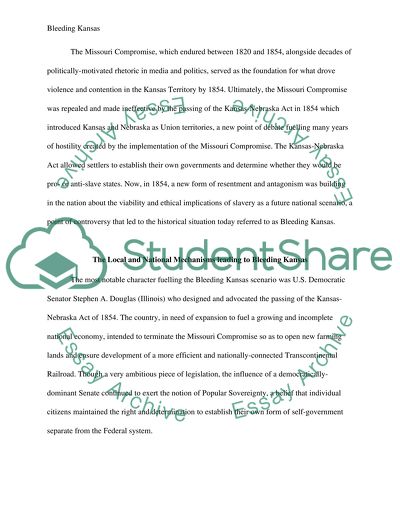Cite this document
(“Bleeding Kansas and its impact on the Civil War Research Paper”, n.d.)
Retrieved from https://studentshare.org/history/1478155-bleeding-kansas
Retrieved from https://studentshare.org/history/1478155-bleeding-kansas
(Bleeding Kansas and Its Impact on the Civil War Research Paper)
https://studentshare.org/history/1478155-bleeding-kansas.
https://studentshare.org/history/1478155-bleeding-kansas.
“Bleeding Kansas and Its Impact on the Civil War Research Paper”, n.d. https://studentshare.org/history/1478155-bleeding-kansas.


